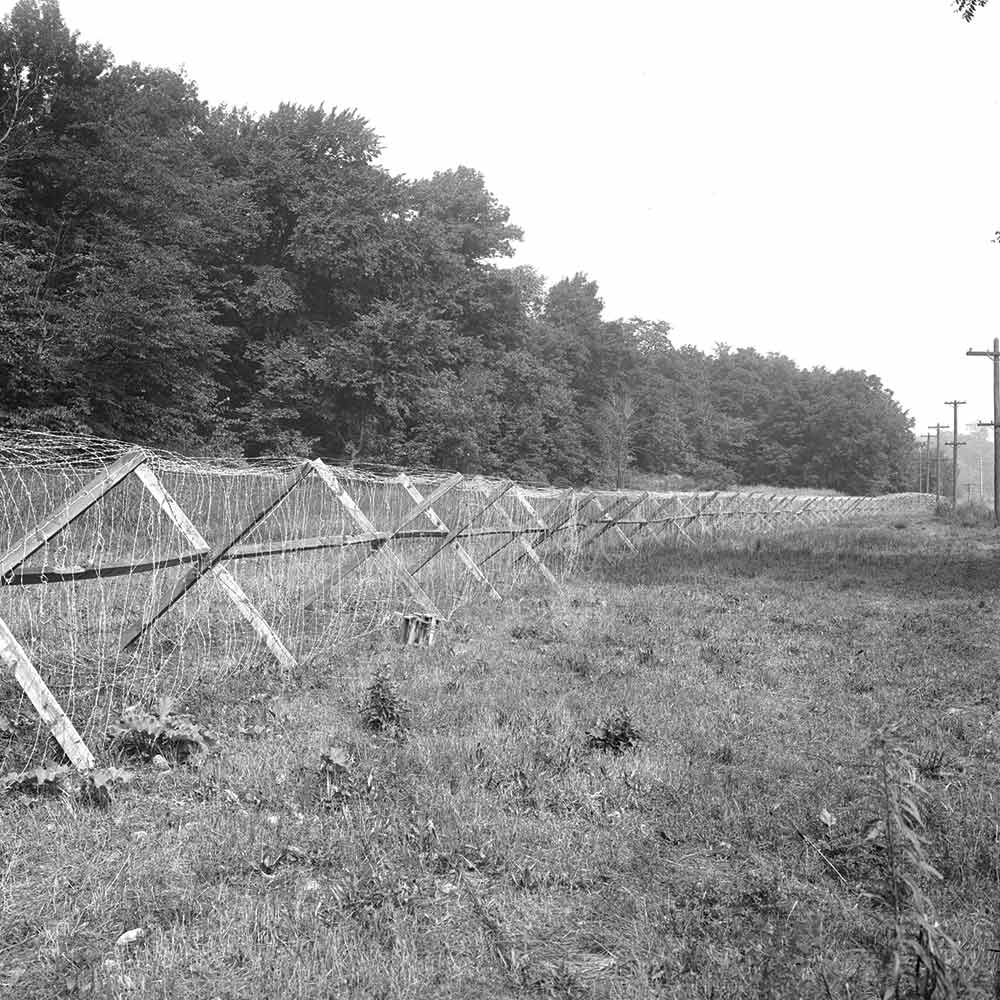World Wars
Running at full capacity
The power station ran at full capacity only a few times throughout the course of its history. The first demands for this came during the First and Second World Wars. Power plants along the Niagara River were asked to operate at full capacity to power the industries that produced goods and equipment used in the war efforts.
During the World Wars, the power station’s generators ran continuously throughout the days and nights. Repairs were made as quickly as possible, with no breaks for those working on them. After the World Wars ended, the power station only ran at full capacity during efficiency tests that required all generators to run simultaneously for inspection.
WWI
When the First World War began, only seven generators were installed in the power station. The demand for power production was so immense that an additional three generators had to be installed during the war. Unfortunately, each time a new generator was installed, more water needed to be drawn from the river that would make the ice problems worse in the winter for both sides of the river.
There was also fear that the power plants would be attacked as a way to affect the production of much needed equipment and supplies. Barbed wire was erected to block off access to the power plants along the river, and the militia provided additional security. Eight employees were trained to guard this power station.
WWII
During the Second World War, power plants on the Canadian side of the river were considered major targets. Protecting this power plant and its surrounding area became a top priority for Niagara Parks; tourist traffic to the falls and Table Rock was barricaded. However, this did not deter spies from photographing industrial sites on both sides of the river for German intelligence.
Every industry felt the impact of the Second World War, and wartime producers required more power to be able to get their equipment and goods to the front line. The power station ran all generators 24 hours a day, seven days a week. Something that became harder to do as more employees joined the war effort.
The company decided that employees who enlisted would still be paid, in full, for the first two months of their military service. In total, 20 employees, men and women, enlisted. Only 19 of them returned after the war ended. William Sterling, who had joined the Royal Canadian Air Force, was killed in action.
The Great Depression
The Great Depression of the 1930s was a challenging time for many families and industry. Despite the hard financial times, there is no record of any of the power station’s employees being laid off during this time.



